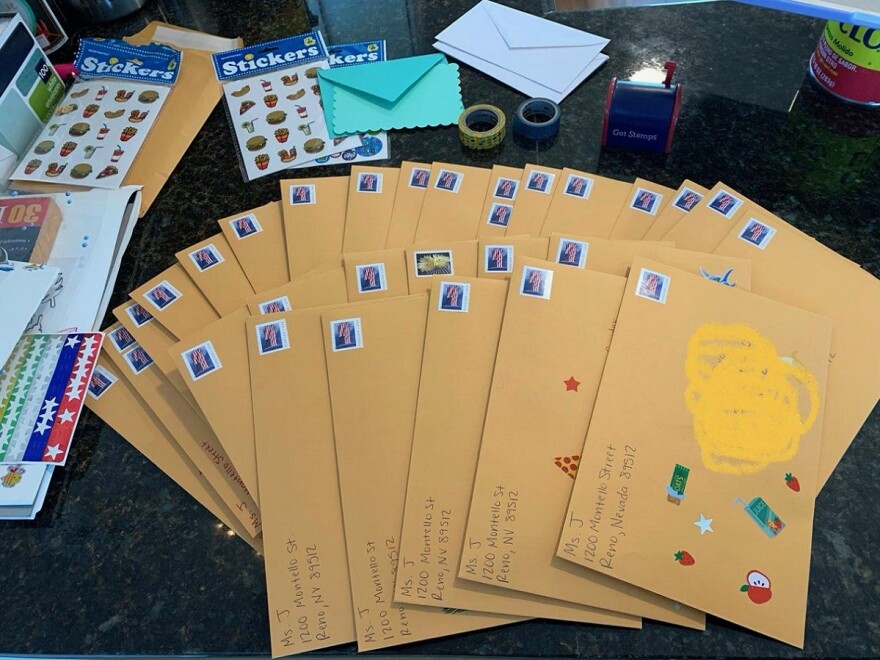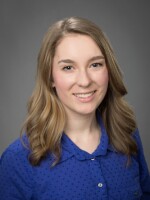Communities in Schools works directly with families experiencing hunger. With the overall mission of helping students stay in school, the organization staffs ten food pantries located in schools in Reno and Sparks.
Carolina Juárez, works for the nonprofit as a bilingual site coordinator at Glenn Duncan Elementary School. In this audio postcard, she shares what it’s like to support students and run a food pantry.
I'm at Glenn Duncan Elementary School. Before making any food bags, I'm going to wash my hands. To make a food bag, I'm going to grab a plastic bag. I typically give each family one food bag, with things like rice and beans. We have sweet peas this week, some pear slices, and we also got a fudge brownie mix, so I'm going to throw that in as well.

The families that I work with, they've always had insecurities such as food insecurity, home insecurity, paying their bills, getting to school, transportation, and medical care.
We work with other nonprofits or other organizations such as the Food Bank of Northern Nevada. During COVID, I’ve kept the food pantry running. I set out a time every week, Thursdays 1 p.m. - 2 p.m., for example, and families come by. There's a little driveway where parents are able to drive up if they need to, and I put the items in their cars or I hand them their bags.
They can also walk up, which we certainly have a lot more of. I do chalk lines outside and I remind them to keep six feet apart. I give them their bags that I prepackaged and make sure I think of the food groups, protein, carbohydrates, everything. The interaction is maybe less than a minute. Oftentimes, the families have questions for me, and we have a conversation. Or the kiddos are like, "Oh my gosh, it's Miss J! I finally get to see someone from school!"

A little background on me is that I am a first-generation student. I grew up translating for my parents, which I'm super thankful for now because I'm able to speak Spanish fluently. A lot of the parents have my work number and they just text me any questions they have or give me a phone call. For things like filing for unemployment, I help them figure out the right number to call. I help them with little things like that, which should be accessible and easy, but sometimes they're not. I think it's just nice that the families feel like they can come to me.
During this COVID epidemic, food is a big priority, for sure, but here are other things like social-emotional learning. That kind of enrichment is something that we should also be thinking about.

There was a [student on my caseload] who was breaking windows because he was frustrated [with the pandemic]. I went out one afternoon, I picked a block of sidewalk and he picked another block of sidewalk, and we just chatted for a while. We drew with chalk and I talked to him. His mom called me and she said that really helped him a lot.

With COVID and everything, I feel more connected to Glenn Duncan [Elementary School], its community, the students, the parents, and the families as a whole, than really ever before.
This story was produced by KUNR reporter Natalie Van Hoozer in partnership with Noticiero Móvil.








